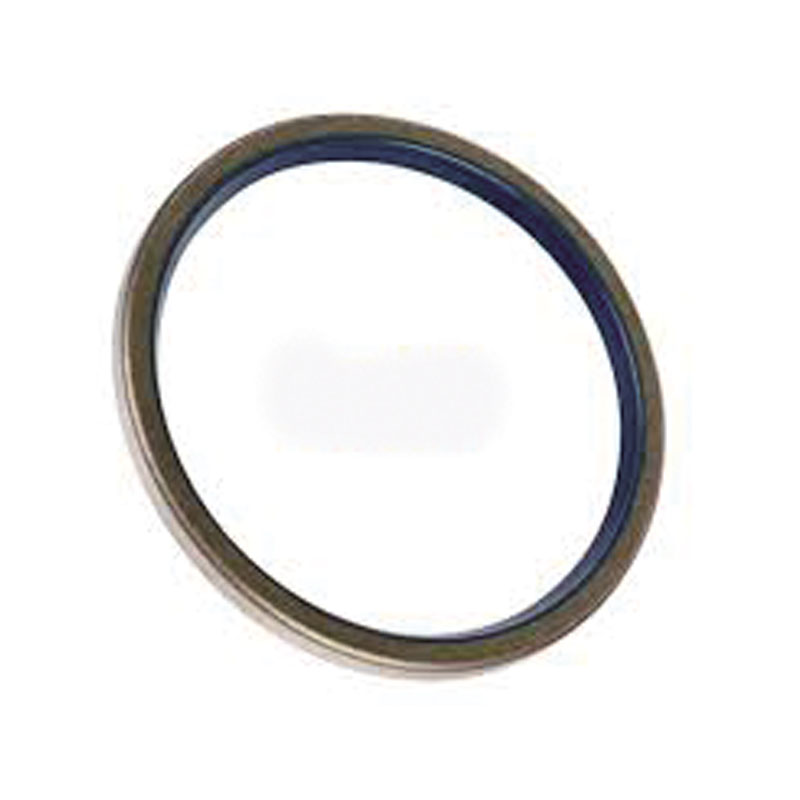engine oil pan gasket
Understanding Engine Oil Pan Gaskets Importance, Function, and Maintenance
An engine oil pan gasket might not be the most glamorous part of your vehicle, but it plays an essential role in the health and performance of your engine. Positioned between the oil pan and the engine block, this gasket serves as a seal to prevent oil leaks and ensure that your engine operates smoothly. Understanding the significance of the oil pan gasket, its function, and how to maintain it can help you prolong the life of your engine.
What is an Engine Oil Pan Gasket?
The oil pan gasket is a flexible seal made from various materials, including rubber, cork, and silicone, designed to withstand high temperatures and pressures. Its primary function is to create a barrier between the oil pan and the engine, preventing engine oil from leaking out. The oil pan itself is responsible for holding the engine oil and facilitating proper lubrication of the engine's moving parts.
Importance of the Oil Pan Gasket
A properly functioning oil pan gasket is critical for several reasons. First and foremost, it keeps your engine lubricated. Engine oil works to reduce friction among moving parts, dissipate heat, and help clean the engine. If the oil escapes due to a faulty gasket, it can lead to inadequate lubrication, resulting in severe engine wear or even catastrophic failure.
Moreover, an oil leak might not only damage your engine but can also harm the environment. Oil drips on the ground can contaminate soil and water sources. Additionally, the sight of oil spots under your vehicle can signify bigger issues at play, potentially lowering your vehicle's resale value.
Signs of a Failing Oil Pan Gasket
Recognizing the signs of a failing oil pan gasket is crucial for early intervention. Common symptoms include
engine oil pan gasket

1. Oil Leaks Puddles of oil underneath the vehicle are the most obvious sign of a leaking oil pan gasket. If you notice dark brown or black fluid under your car, it could indicate oil seeping from the gasket.
2. Low Oil Levels If you find yourself needing to add oil more frequently than usual, it might be a sign of an oil leak caused by a damaged gasket.
3. Engine Overheating Insufficient oil levels can lead to an overheating engine. Over time, this can cause extensive damage to engine components.
4. A Warning Light Some modern vehicles come equipped with oil pressure warning lights on the dashboard. If this light illuminates, it could indicate low oil levels due to a leak.
Maintenance and Replacement
Maintaining your engine oil pan gasket is relatively straightforward. Regularly check your oil levels and simply ensure you top off or change your oil as recommended. This can help prevent excessive wear on the gasket and the components it protects. It’s also wise to inspect the oil pan and surrounding areas for any signs of oil build-up, which can indicate a potential leak.
If you suspect your oil pan gasket is failing, it’s essential to address the issue promptly. Replacing the gasket can be a labor-intensive task that involves removing the oil pan and cleaning both surfaces before installing a new gasket. Although some automotive enthusiasts may attempt this task themselves, it is often best left to professionals for a proper and reliable fix.
Conclusion
In summary, the engine oil pan gasket might be small, but its importance in maintaining your vehicle’s performance and longevity cannot be overstated. By understanding its function and keeping an eye out for signs of failure, you can protect your engine and ensure a smoother, more efficient driving experience. Regular maintenance and timely replacements when necessary will keep your engine running at its best for years to come.
-
The Ultimate Guide to Boat Propeller Bearings and Trailer Wheel Bearings
News Jul.31,2025
-
The Essential Guide to Marine Bearings and Boat Trailer Wheel Bearings
News Jul.31,2025
-
The Complete Guide to Heavy Duty Seals: Protecting Doors and Spaces Efficiently
News Jul.31,2025
-
Essential Guide to Marine Shaft Bearings and Boat Trailer Axle Bearings
News Jul.31,2025
-
Comprehensive Guide to Marine and Trailer Bearings for Safe Boating and Transport
News Jul.31,2025
-
Comprehensive Guide to Automotive Oil Seals: Protecting Your Engine and Shafts
News Jul.31,2025
-
Understanding Automotive Oil Seals: Essential Components for Engine and Shaft Protection
News Jul.30,2025
Products categories















